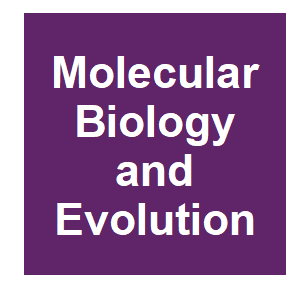
Keywords: molecular evolution

|
Rapid evolution of yeast centromeres in the absence of driveBensasson, DZ, M.; Burt, A.; Koufopanou, V., Genetics, 178:2161-2167. 2008.
To find the most rapidly evolving regions in the yeast genome we compared most of chromosome III from three closely related lineages of the wild yeast Saccharomyces paradoxits. Unexpectedly, the centromere appears to be the fastest-evolving part of the chromosome, evolving even ... Keywords: cleavage, DNA-binding, elements, family, gene drive evolution, gene drive genetics, gene drive natural, HEG, ho endonuclease, homing endonucleases, identification, intein, molecular evolution, plants, recognition, Saccharomycetaceae, scei homing endonuclease, sequence, site-directed mutagenesis, VDE |

|
Degeneration and domestication of a selfish gene in yeast: Molecular evolution versus site-directed mutagenesisKoufopanou, VB, A., Molecular Biology and Evolution, 22:1535-1538. 2005.
VDE is a homing endonuclease gene in yeasts with an unusual evolutionary history including horizontal transmission, degeneration, and domestication into the mating-type switching locus HO. We investigate here the effects of these features on its molecular evolution. In addition, ... Keywords: cleavage, DNA-binding, elements, family, gene drive evolution, gene drive genetics, gene drive natural, HEG, ho endonuclease, homing endonucleases, identification, intein, molecular evolution, plants, recognition, Saccharomycetaceae, scei homing endonuclease, sequence, site-directed mutagenesis, VDE |

Contact
David O’Brochta
Foundation for the
National Institutes of Health
geneconvenevi@fnih.org
RSS

